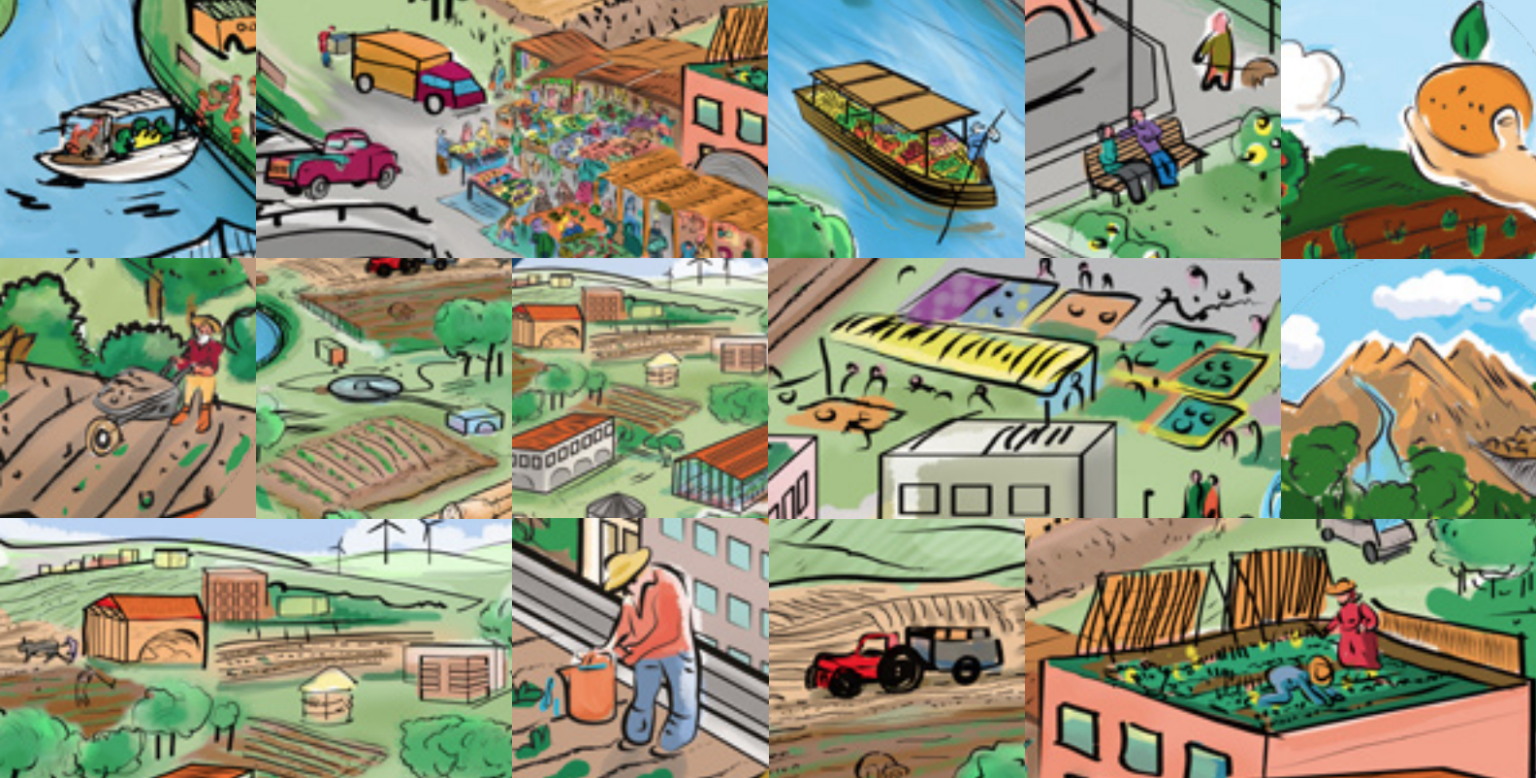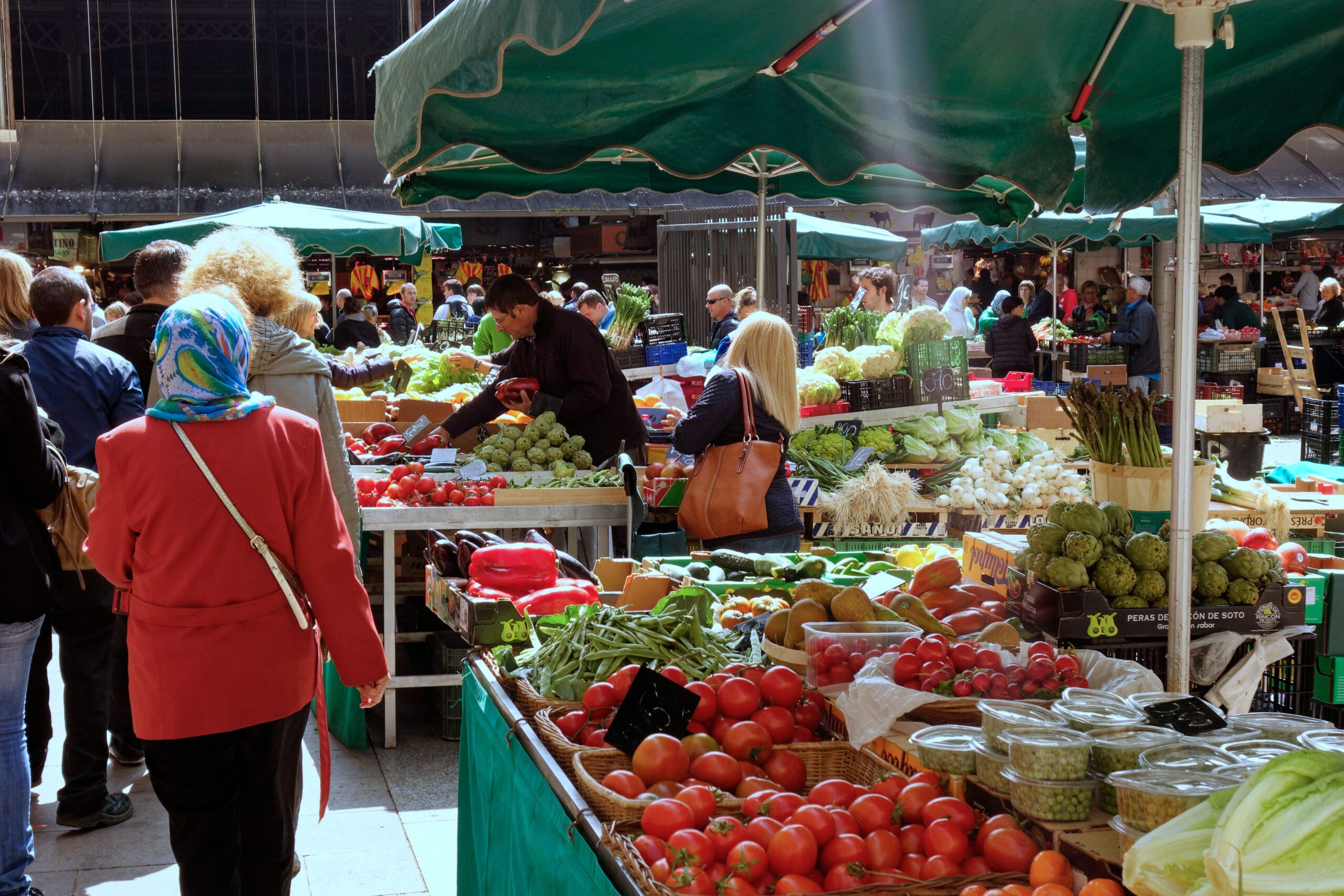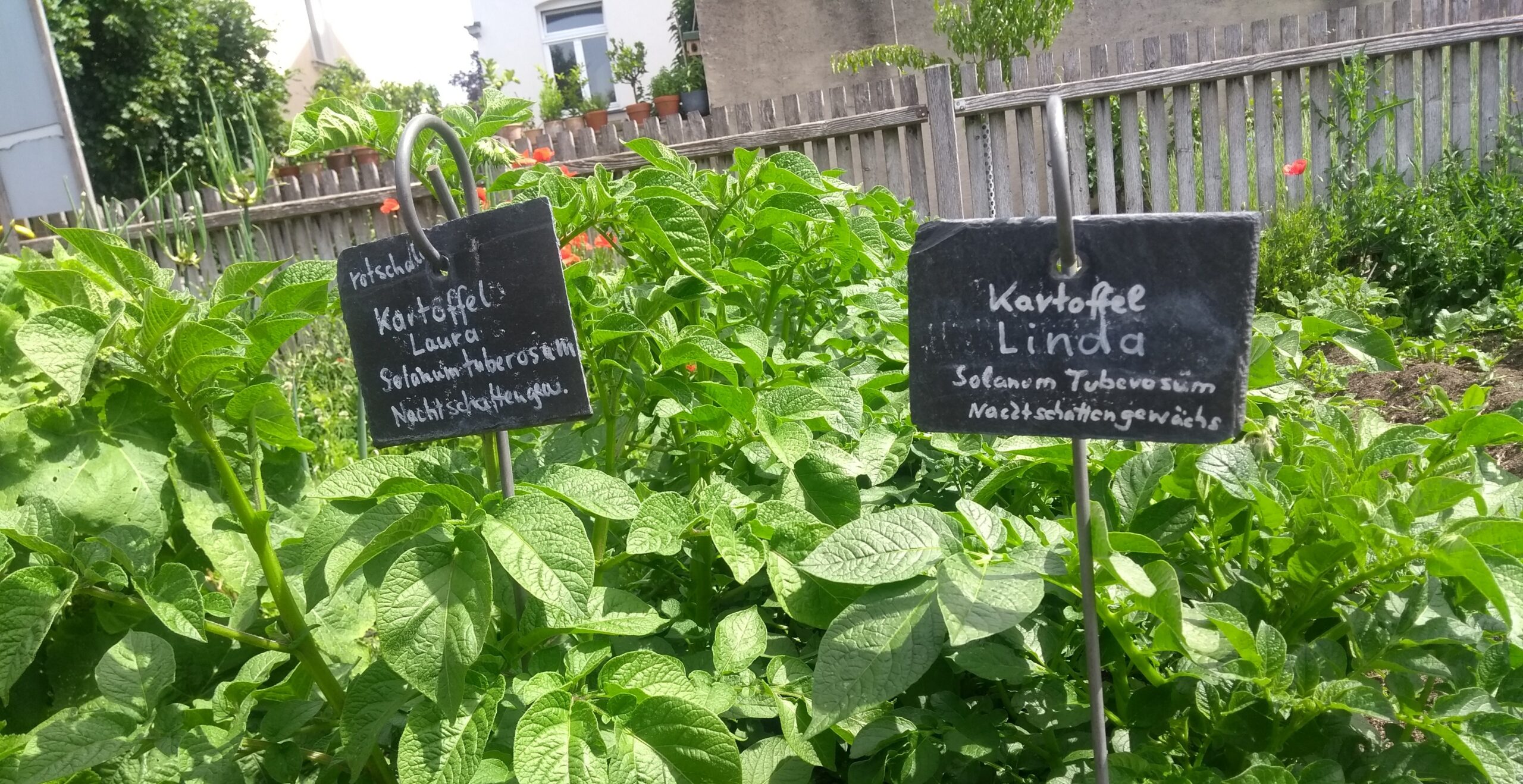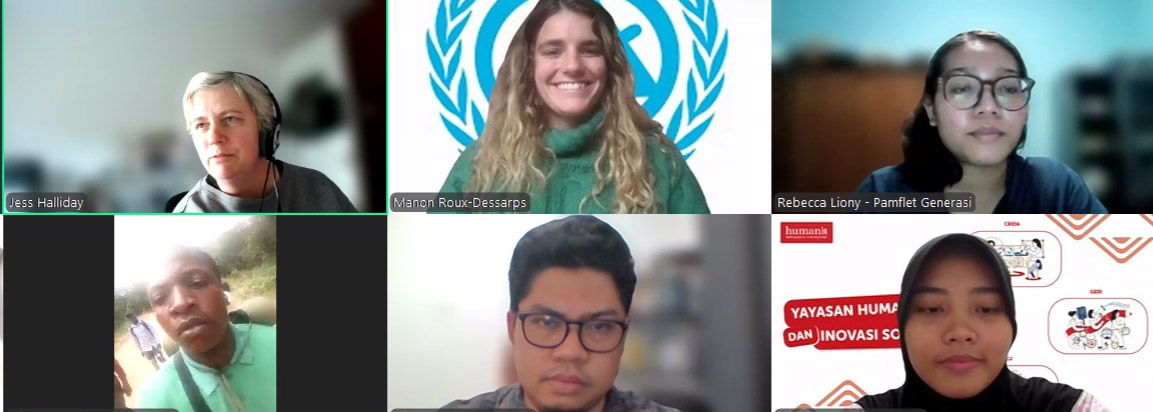RUAF is pleased to announce the launch of the City Region Food Systems (CRFS) Assessment and Planning Handbook and accompanying online toolkit. These new resources will be instrumental in helping stakeholders in cities around the world to understand the sustainability and resilience of their food system – at a time when food systems face unprecedented risks from multiple shocks and stresses.
The Handbook and toolkit are outputs of the CRFS programme, co-run by RUAF and the United Nations Food and Agriculture Organization (FAO) since 2014. Phase one (2014-2018) sought to strengthening the sustainability of city region food systems, while phase two (2019-2023) has focused on building resilience to multiple shocks and stresses, including climate shocks and stresses and pandemics.
‘It is remarkable to see from the original seven pilot cities the amount of progress that has been made in how we understand city region food systems, said Alison Blay-Palmer, director of the Laurier Centre for Sustainable Food Systems at Wilfrid Laurier University, at the launch webinar.
‘In some ways the City Region Food Systems Programme was ahead of its time,’ said Kaveh Zahedi, director of the Office of Climate Change, Biodiversity and Environment at FAO.
Few today would argue against the need for cities and indeed countries to build resilience to shocks, with the pandemic and its impacts still fresh in our minds, with the impacts of climate change ever more visible and with the cost-of-living crisis undermining years of hard-won development gains.
The CRFS programme has been funded by the German Federal Ministry of Food and Agriculture, and by the CGIAR International Water Management Institute.
Complementary resources, and a customizable process
The Handbook and toolkit contain two thematic tracks – the ‘main track’ and the ‘multi-risk’ track – that reflect the two programme phases. Users can decide whether they wish to follow just the main track, both tracks in tandem, or the main track followed by the multi-risk track.
The Handbook and toolkit follow the same structure. They consist of five modules: Inception, Define the CRFS, Rapid Scan, In-depth Assessment, and Action Planning. While the Handbook sets out the activities, supplementary guidance, explanations, examples, templates and training materials are available in the online toolkit, and are accessed via clickable links.
Although the modules and activities are set out in a logical, linear order, they are not numbered. This is because a project team may choose to implement the modules or activities in a different order, if it makes more sense to do so in light of local context or previous food systems work.
Some modules may not be needed at all if it is possible to use the results of previous projects, or could be scaled back according to capacity and resources.
This flexibility notwithstanding, a central pillar of the CRFS process is multistakeholder working. Project teams are recommended to establish a stakeholder advisory group, and to engage stakeholders from across the food system in all stages – from initial visioning, to the assessment, to the planning and implementation of actions’. This broad engagements ensures a range of perspectives are represented, that the project team can draw on a base of knowledge and experience, and helps build momentum for long-term action on multiple fronts.
From pilot cities to new adopters…
The process has been piloted in a total of eleven city regions: in phase one Colombo (Sri Lanka), Lusaka (Zambia), Kitwe (Zambia), Medellin (Colombia), Utrecht (Netherlands), Quito (Ecuador), Toronto (Canada); in phase two Kigali (Rwanda), Antananarivo (Madagascar), Melbourne (Australia), Tamale (Ghana), Colombo (Sri Lanka).
Among the outcomes from phase 2, Antananarivo has taken steps to strengthen food governance with the establishment of an adapted governance structure in the Analamanga region to ensure multi-level and multi-sectoral coordination. The recommendations of the CRFS strategy are also being mainstreamed into the Regional Land-Use Plan for Analamanga (2023-2043).
In the city of Melbourne, the CRFS approach has been instrumental in development of the Victorian Food Resilience Plan, which provides clear recommendation to government building on the principle of the right to food.
Further outcomes are expected as pilot cities finalise and implement their action plans.
‘We would really like to see expanded take up of the CRSF approach, we want these resources to be used to really help cities up their game on sustainable and resilient food systems, urgently,’ said RUAF’s Jess Halliday, lead author of the Handbook.
‘We will be digging deeper into the capacities needed by cities to do this in our upcoming webinar on 26th June, in partnership with the Milan Urban Food Policy Pact. Although this launch is a major milestone, we hope we can continue to expand the resources online, including experiences and examples from new users.’
City Region Food Systems (CRFS) Assessment and Planning Handbook here.
Access the CRFS toolkit here.
Watch the recording of the launch webinar.






